A rare selection of Regency and Victorian laboratory electrostatic demonstration apparatusThe friction plate generator stamped for J.H. Fox, early 19th centuryComprising an incomplete Ramsden type glass friction plate electrostatic generator constructed with circular glass plate pivoted in the centre between friction pads set positioned at the top and base within mahogany frame surmounted with a brass discharge sphere and with crank drive handle to one side, the opposing side with brass dovetail slot to support a conductor assembly, on platform base stamped J.H. Fox to one corner, 48cm (19ins) high; a lacquered brass Volta cannon of moulded knopped cylindrical form with enclosed conducting sphere to one end opposing cork projectile to the other, 16cm (6.25ins) long; two sets of brass and glass scintillating tubes, each with brass discharge ball terminal over hollow glass tube applied with foil dots arranged as a helix to interior over brass collar with threaded extension to base, the first a set of six approximately 30cm (12ins) long, the second five approximately 35cm (14ins) long; three glass-insulated discharge wands of differing designs and a small quantity of miscellaneous parts, (qty). In around 1768 Jesse Ramsden developed the type of glass plate electrostatic generator included in the current lot. Such generators became increasingly popular with those interested in the natural sciences and were used with apparatus such as scintillating tubes allowing electric demonstration to become entertainment. A scintillating tube incorporates a line of small foil diamonds or discs spiralling down the inside of a hand-blown glass cylinder with only a small space separating each of the pieces. A dramatic electric display of sparkling light is created when a static charge is applied to the brass ball finial atop the tube with the charge spiralling down the path of tin-foil discs, creating a bright spark at the union of each piece. The Volta cannon (or spark Eudiometer) was developed in the 1770's by Alessandro Volta who was particularly interested in the flammability of swamp gasses. By filling the canister with such gasses (or a mixture of hydrogen and oxygen) and stopping one end with a cork, the contents could be ignited by introducing a spark (via insulated electrode similar to a vehicle spark plug) with a Leyden jar resulting in the cork being expelled as a projectile due to the flammable gasses exploding within the body of the canister.
A rare selection of Regency and Victorian laboratory electrostatic demonstration apparatusThe friction plate generator stamped for J.H. Fox, early 19th centuryComprising an incomplete Ramsden type glass friction plate electrostatic generator constructed with circular glass plate pivoted in the centre between friction pads set positioned at the top and base within mahogany frame surmounted with a brass discharge sphere and with crank drive handle to one side, the opposing side with brass dovetail slot to support a conductor assembly, on platform base stamped J.H. Fox to one corner, 48cm (19ins) high; a lacquered brass Volta cannon of moulded knopped cylindrical form with enclosed conducting sphere to one end opposing cork projectile to the other, 16cm (6.25ins) long; two sets of brass and glass scintillating tubes, each with brass discharge ball terminal over hollow glass tube applied with foil dots arranged as a helix to interior over brass collar with threaded extension to base, the first a set of six approximately 30cm (12ins) long, the second five approximately 35cm (14ins) long; three glass-insulated discharge wands of differing designs and a small quantity of miscellaneous parts, (qty). In around 1768 Jesse Ramsden developed the type of glass plate electrostatic generator included in the current lot. Such generators became increasingly popular with those interested in the natural sciences and were used with apparatus such as scintillating tubes allowing electric demonstration to become entertainment. A scintillating tube incorporates a line of small foil diamonds or discs spiralling down the inside of a hand-blown glass cylinder with only a small space separating each of the pieces. A dramatic electric display of sparkling light is created when a static charge is applied to the brass ball finial atop the tube with the charge spiralling down the path of tin-foil discs, creating a bright spark at the union of each piece. The Volta cannon (or spark Eudiometer) was developed in the 1770's by Alessandro Volta who was particularly interested in the flammability of swamp gasses. By filling the canister with such gasses (or a mixture of hydrogen and oxygen) and stopping one end with a cork, the contents could be ignited by introducing a spark (via insulated electrode similar to a vehicle spark plug) with a Leyden jar resulting in the cork being expelled as a projectile due to the flammable gasses exploding within the body of the canister.


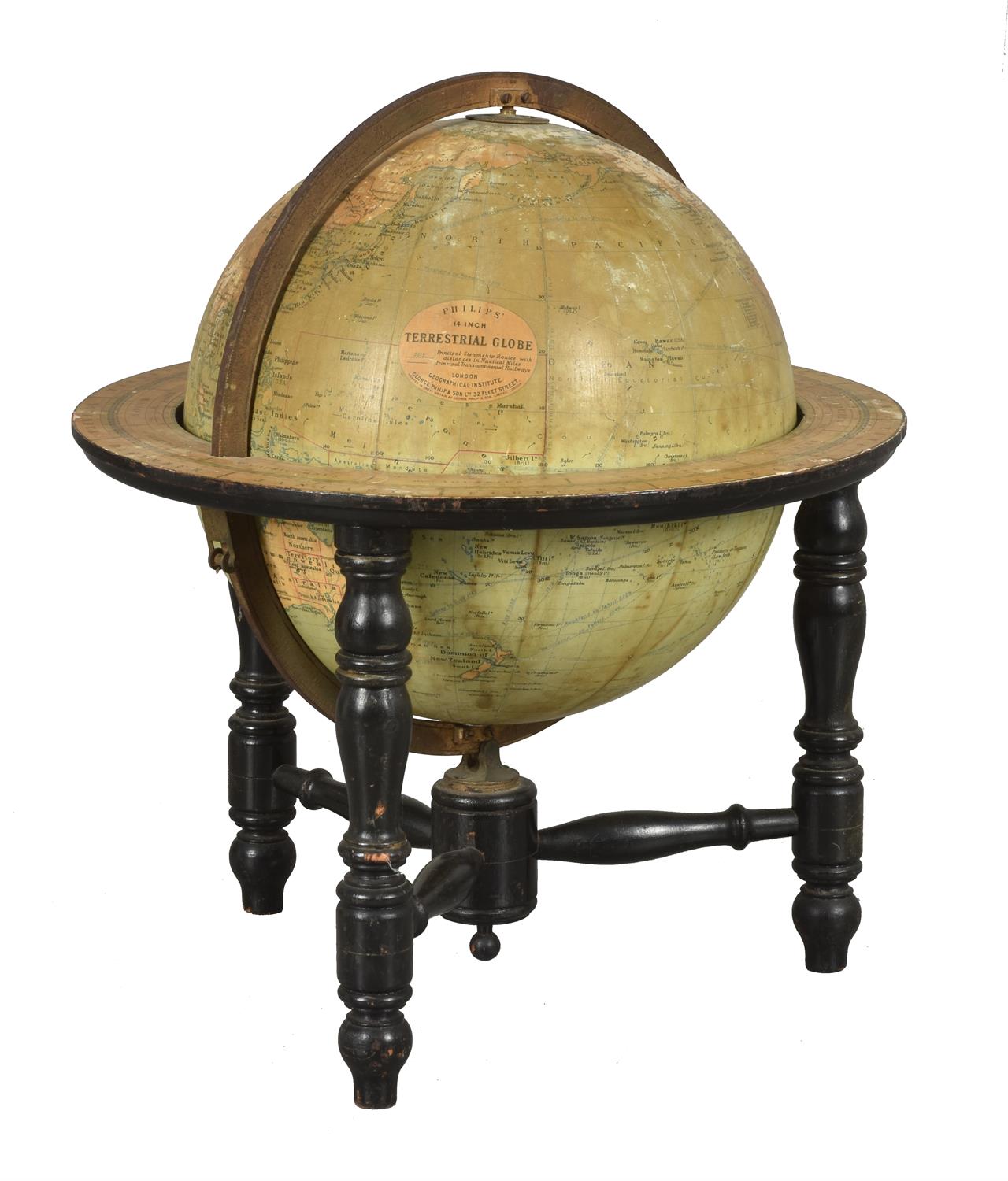
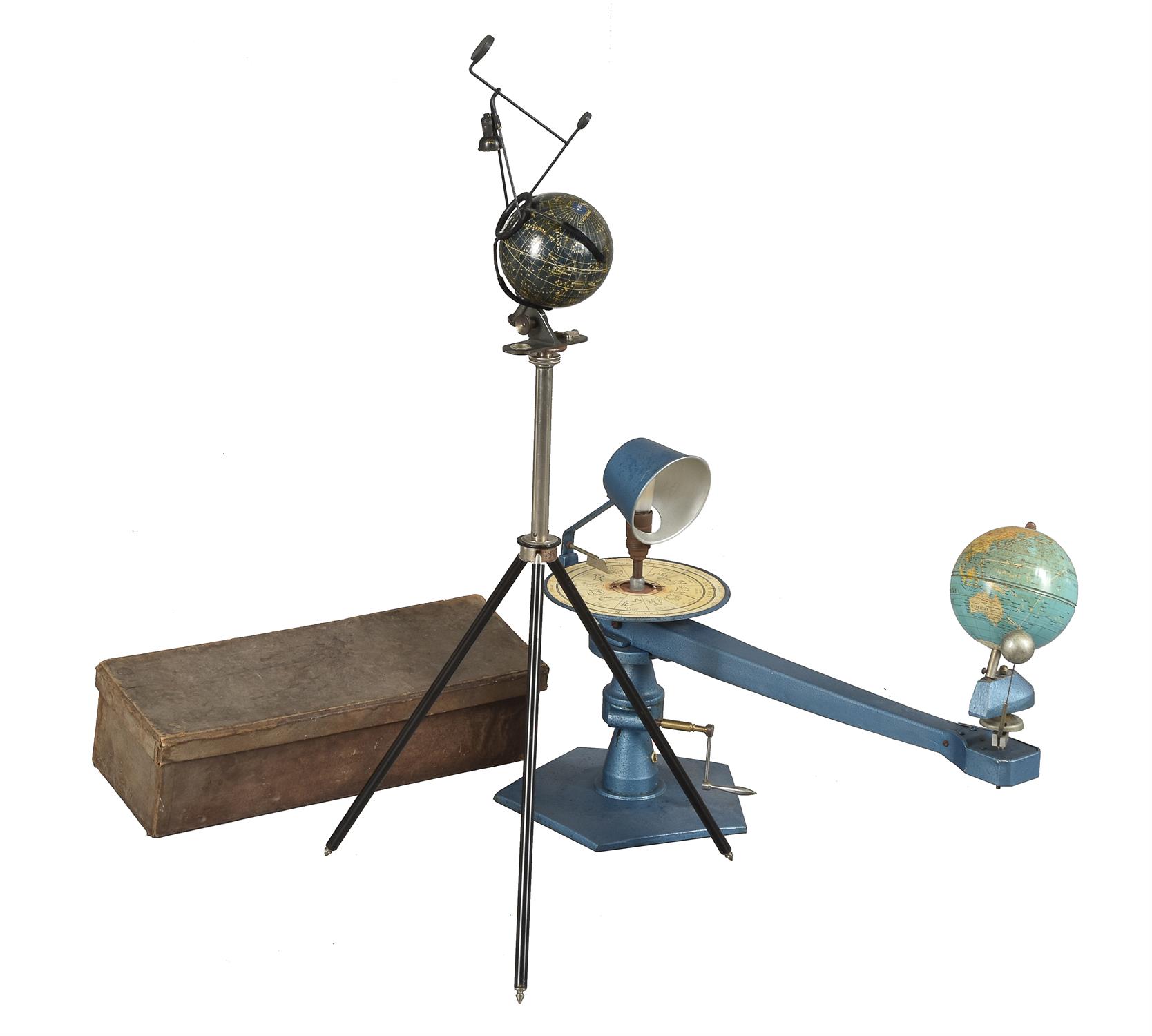
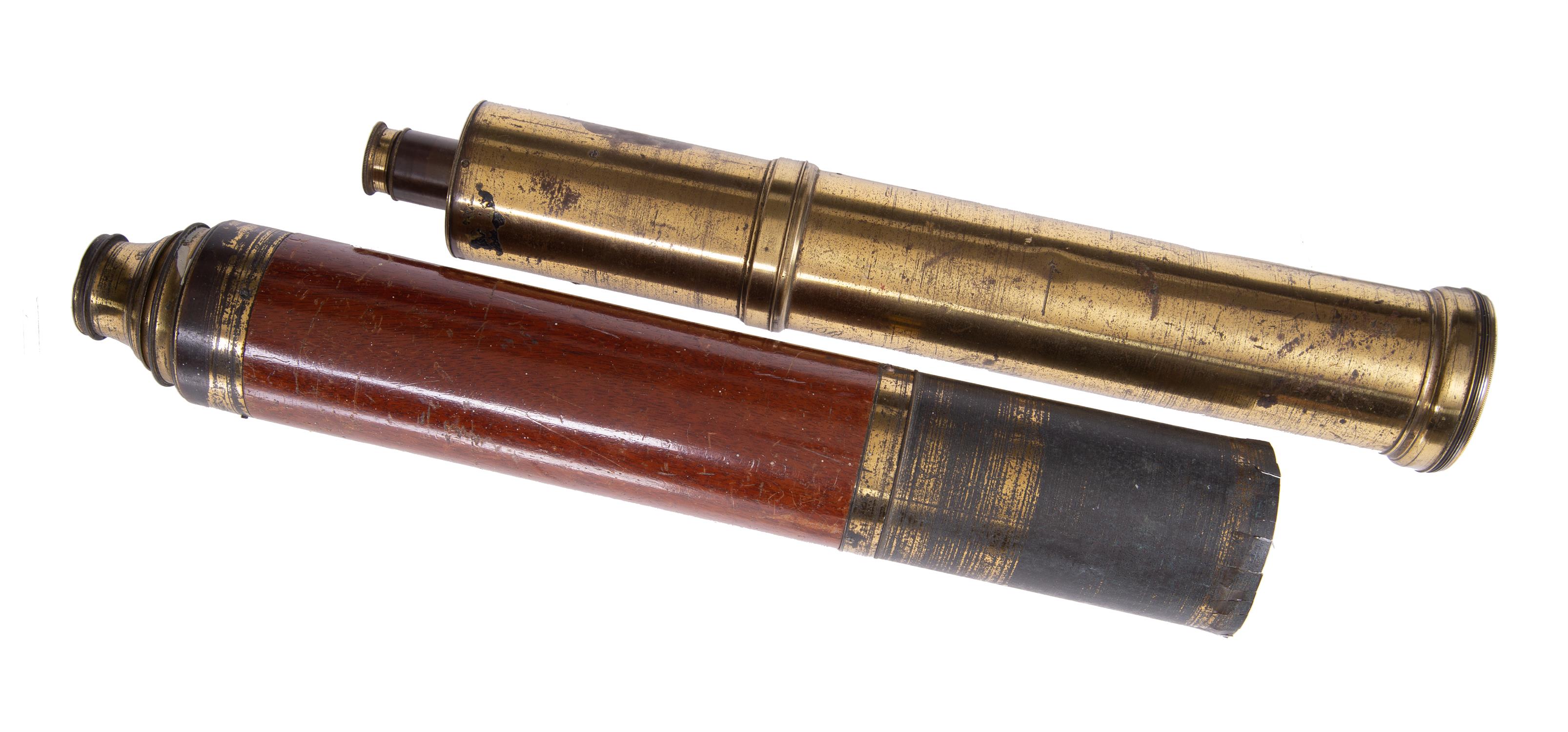
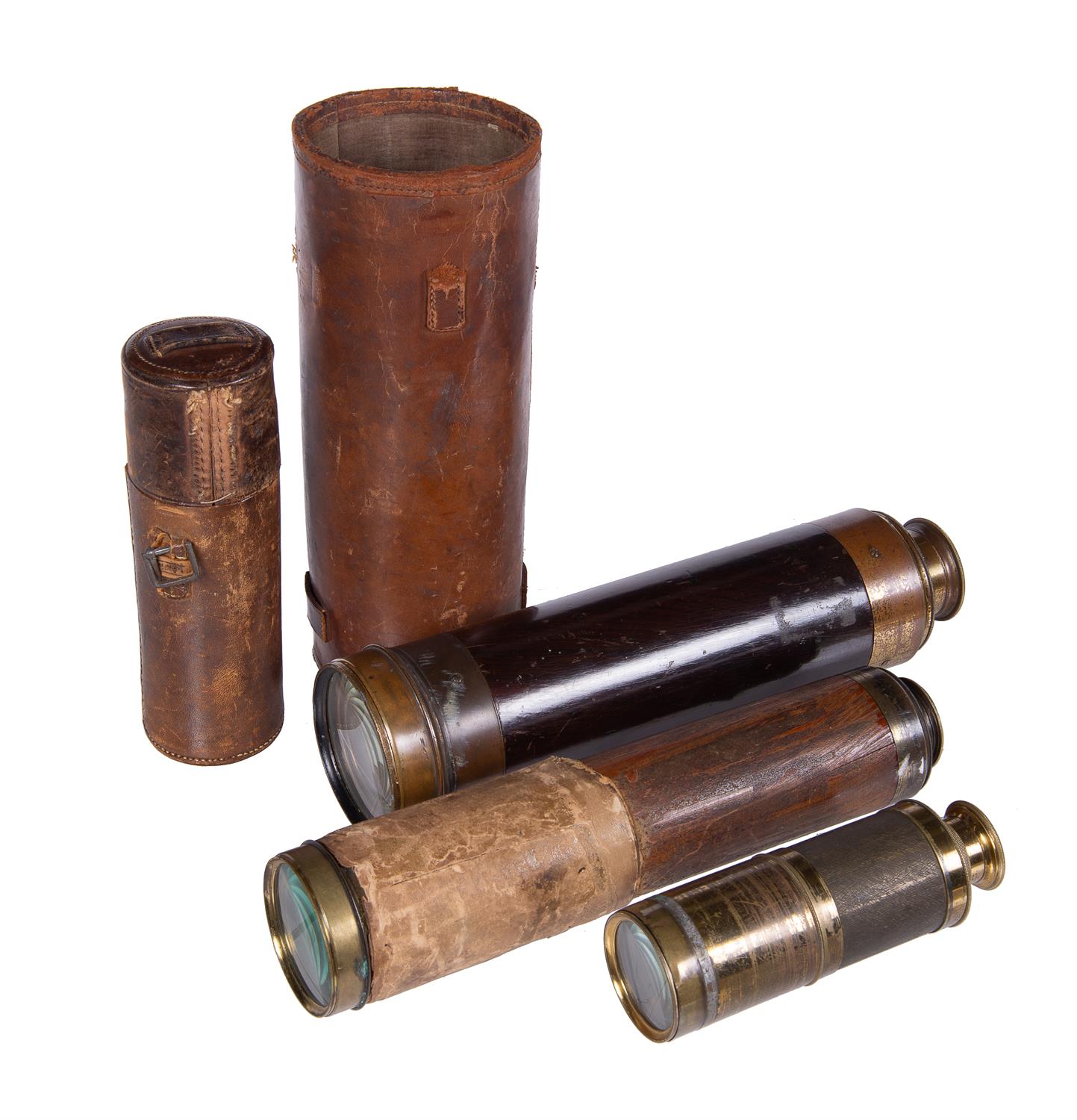
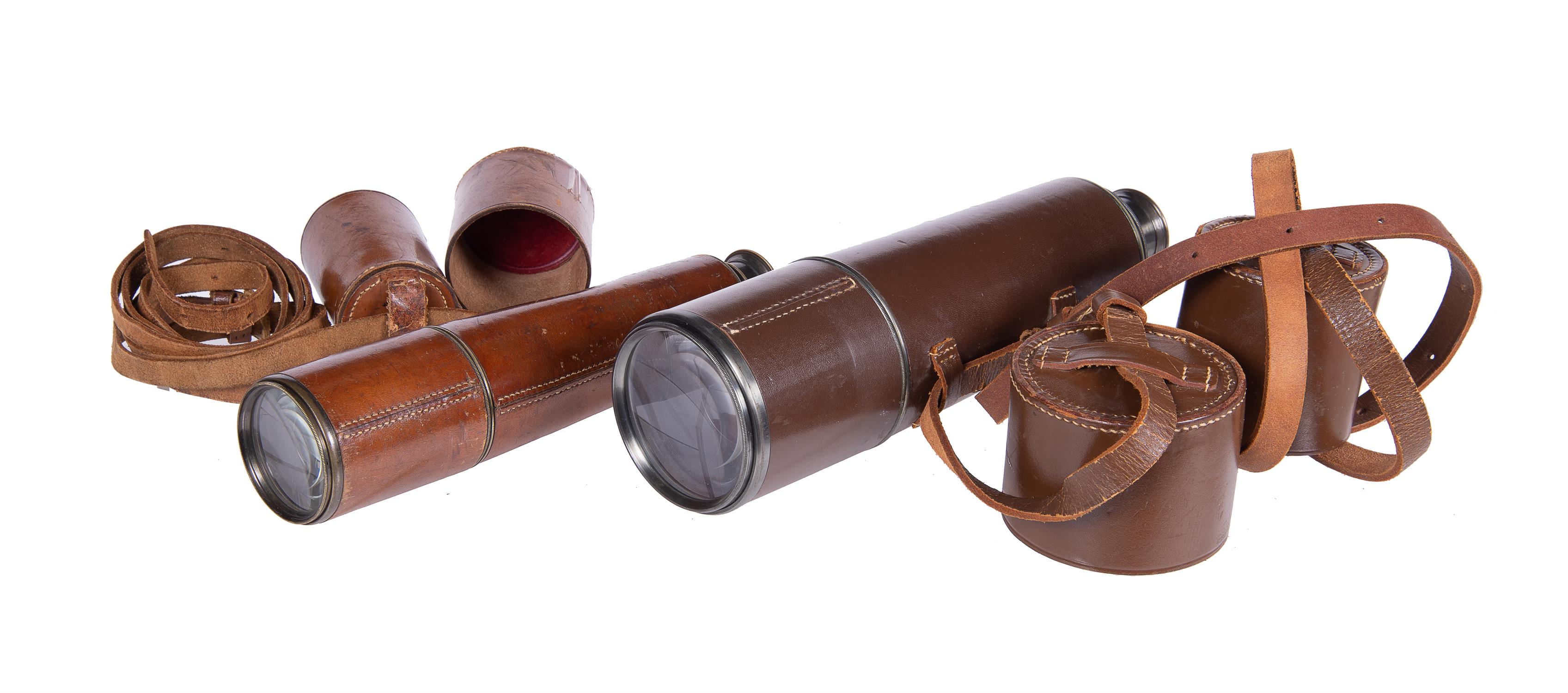
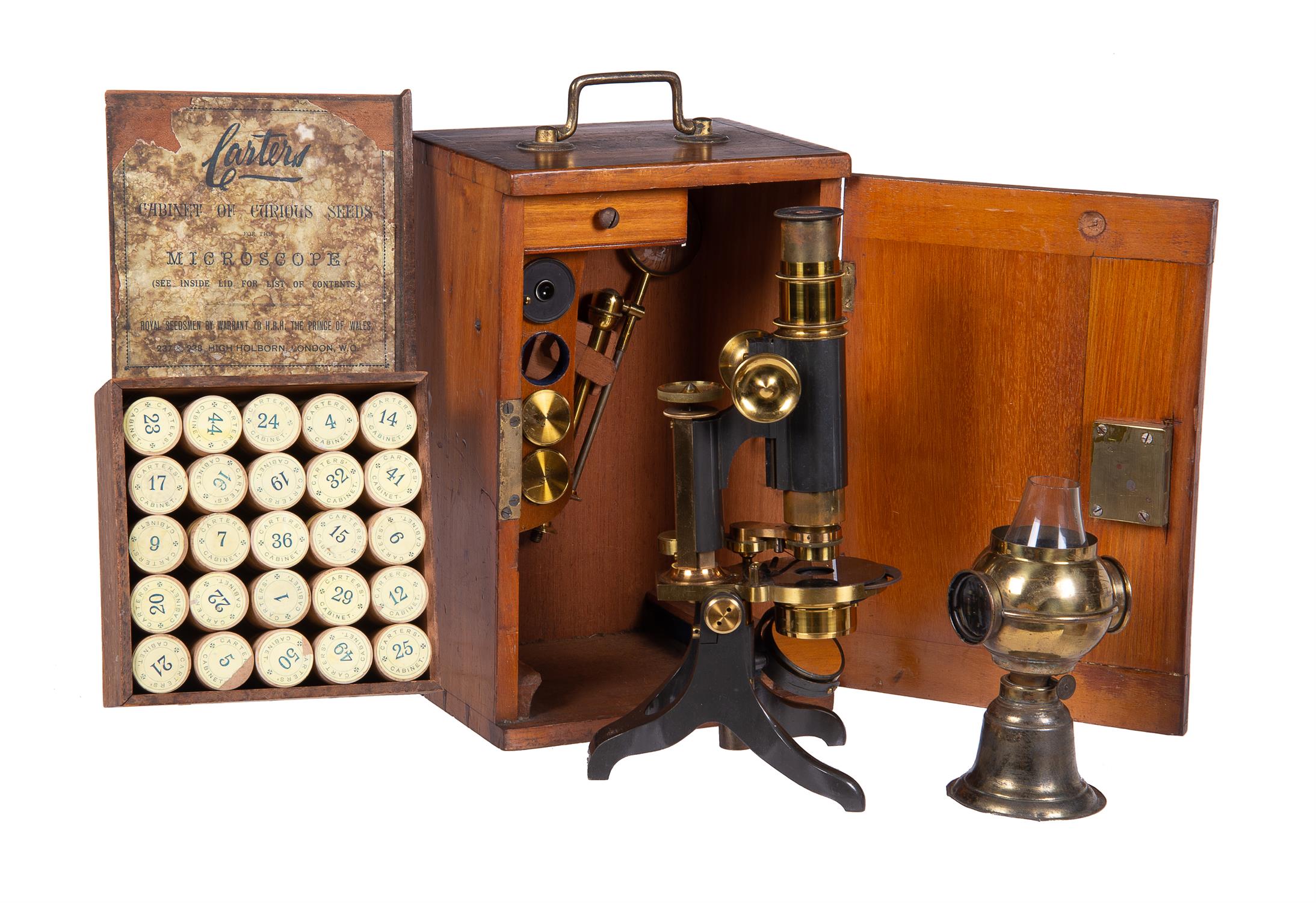
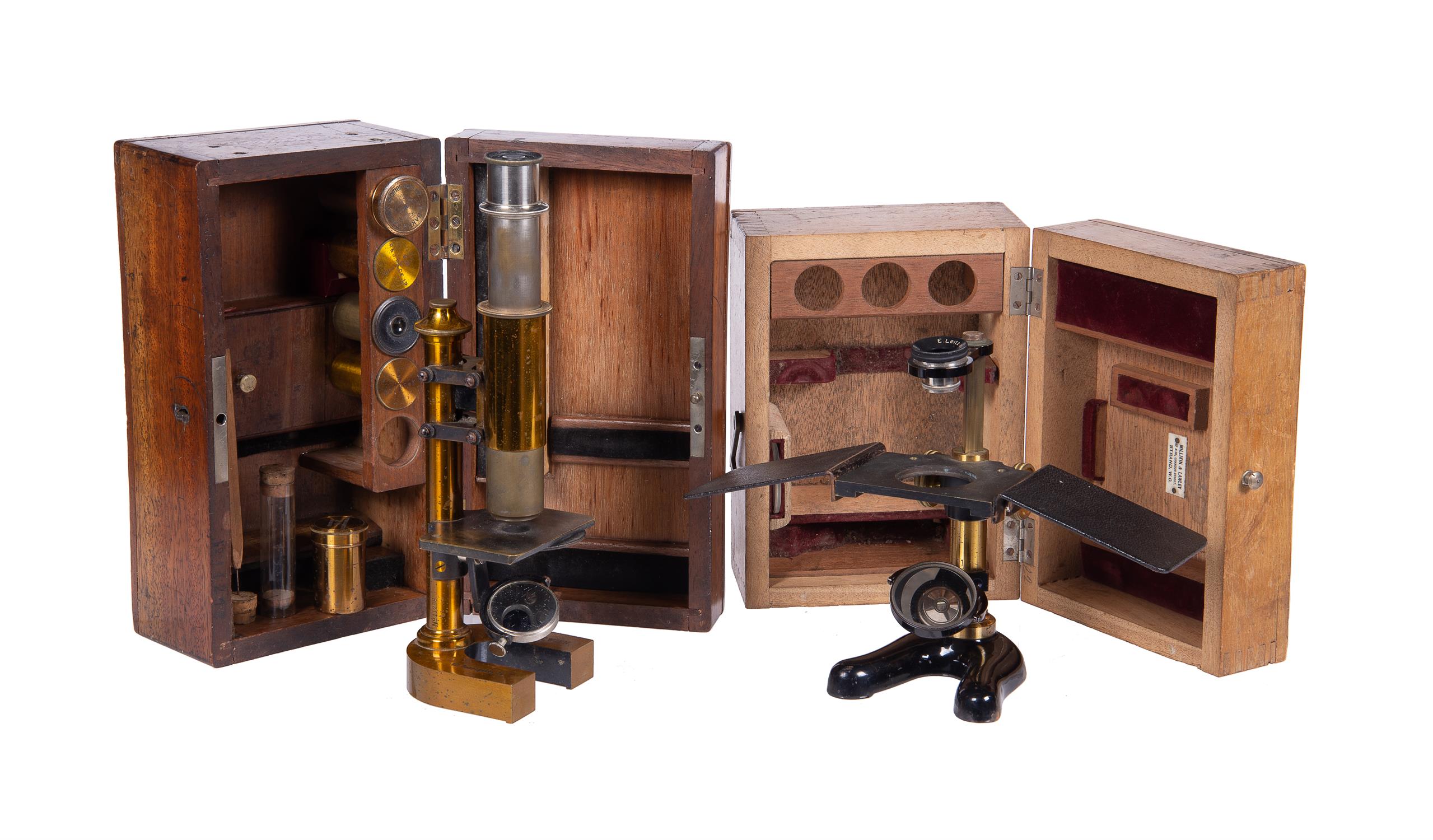
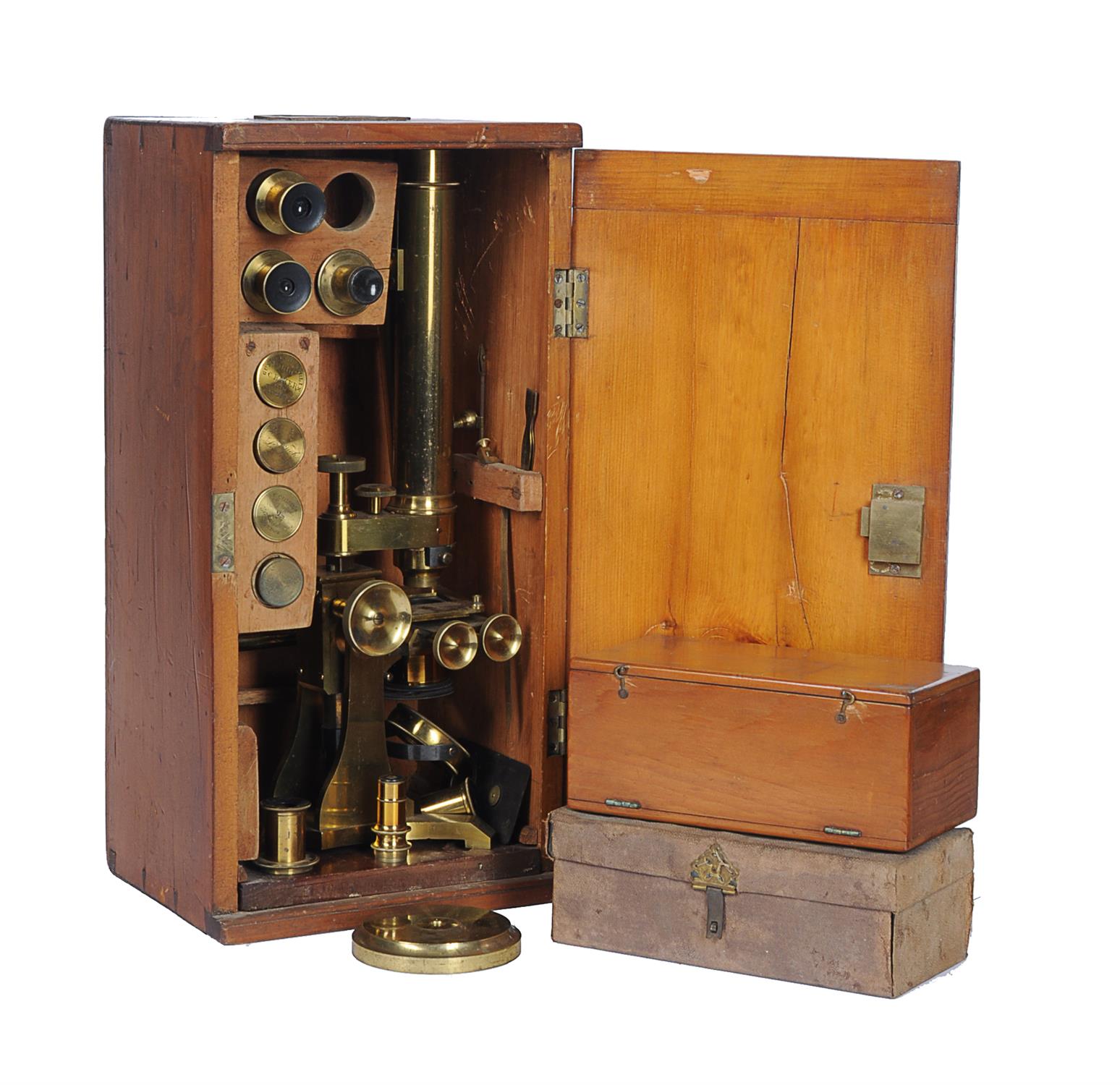
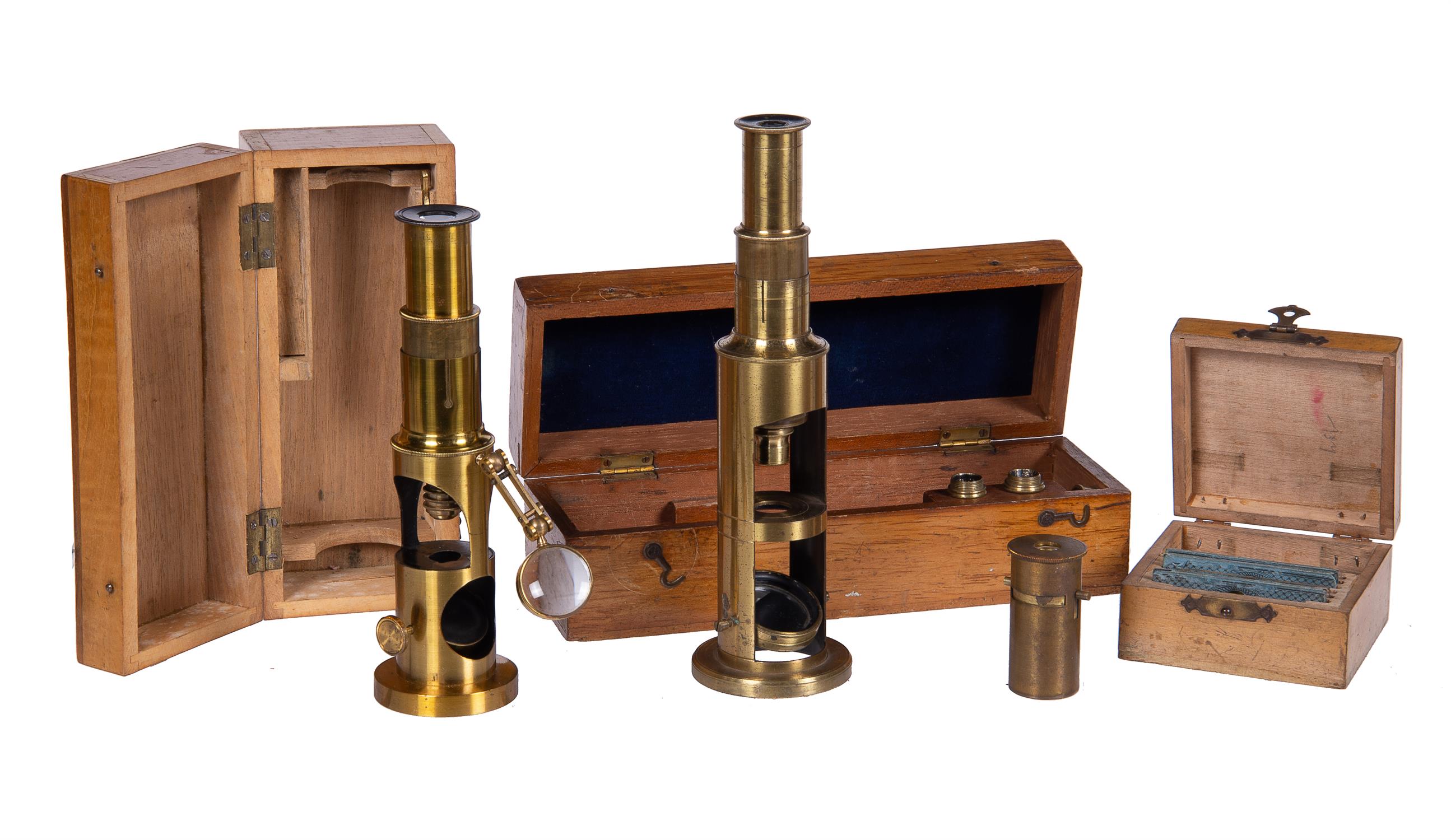
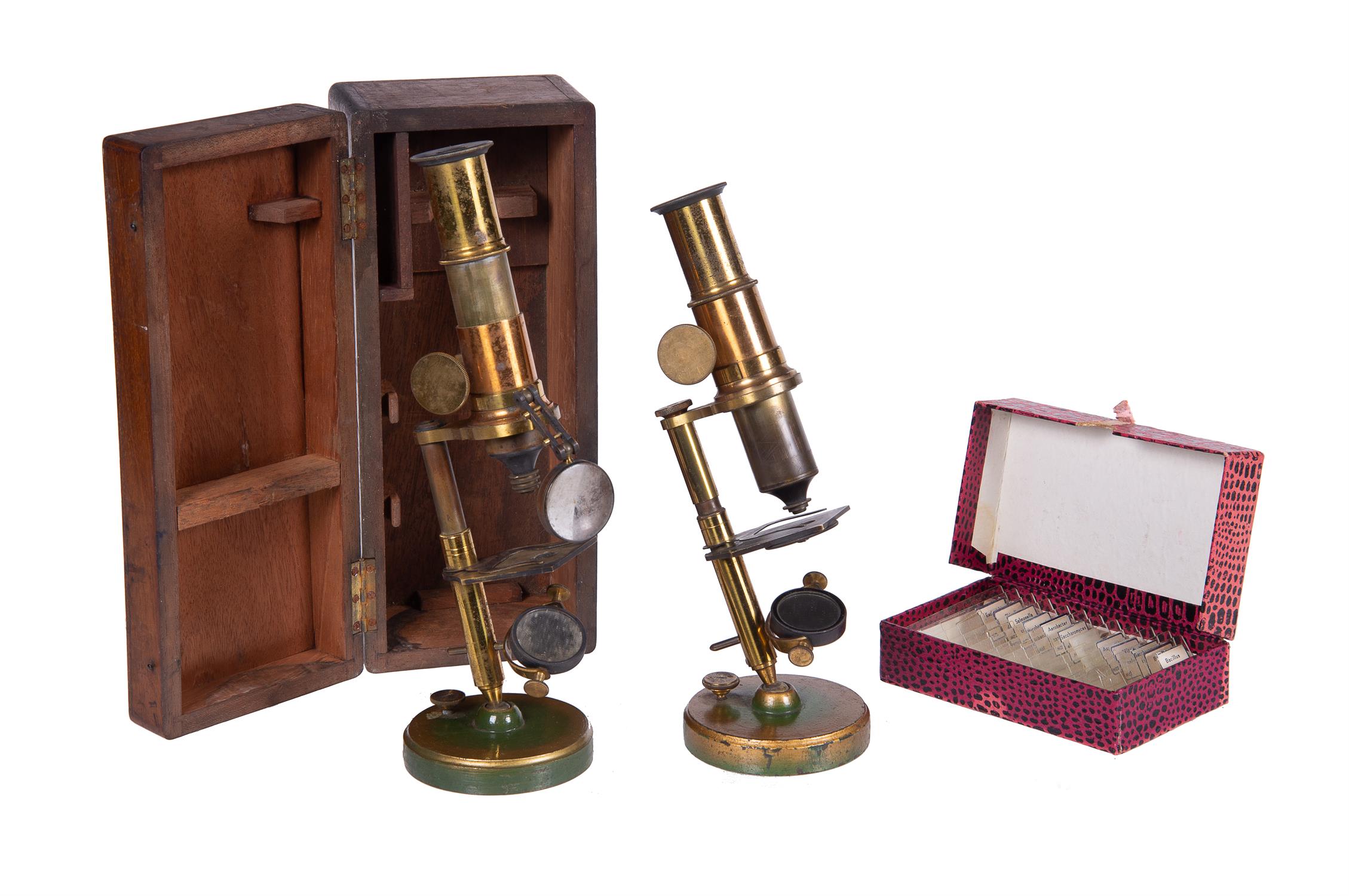
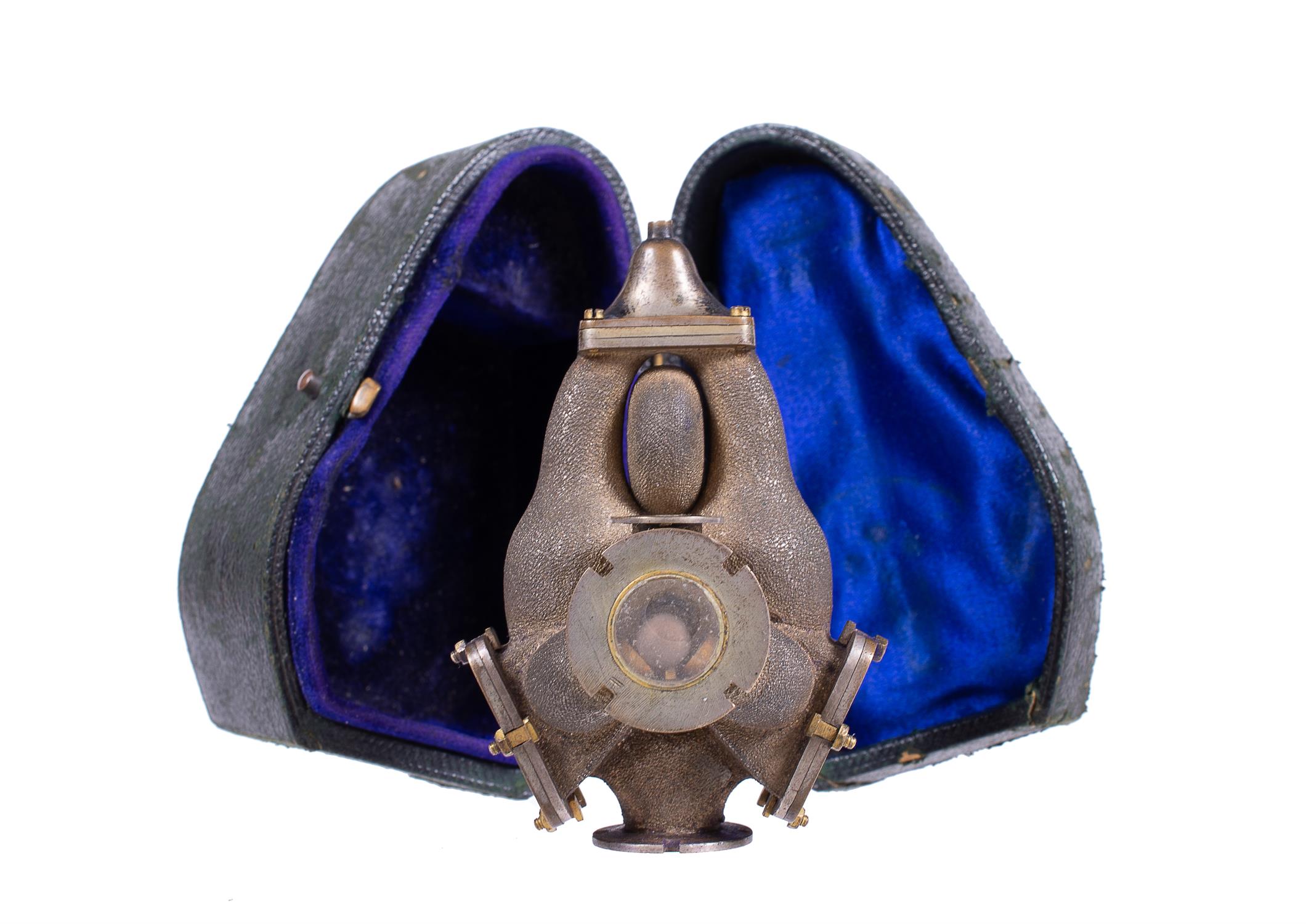
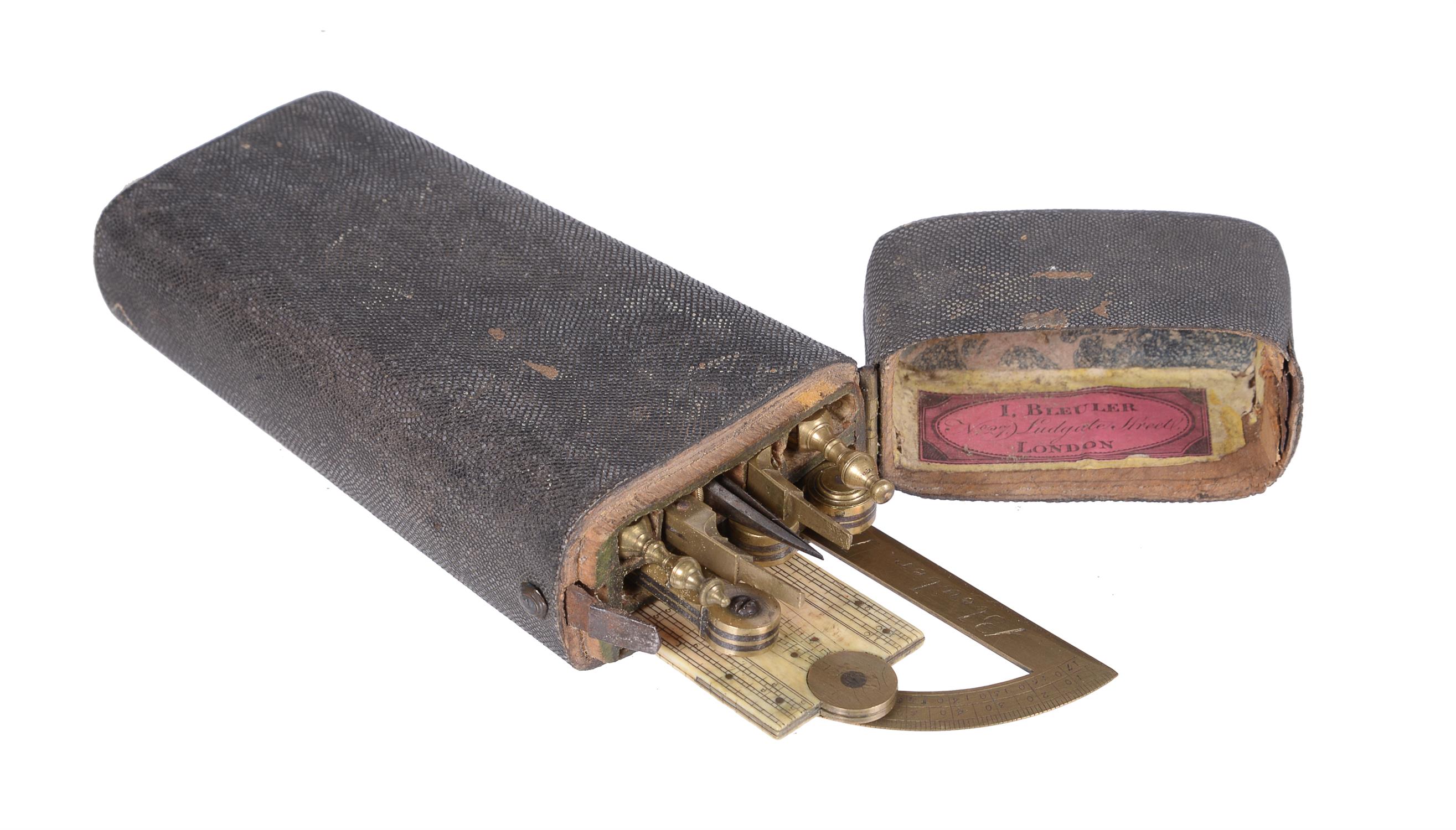
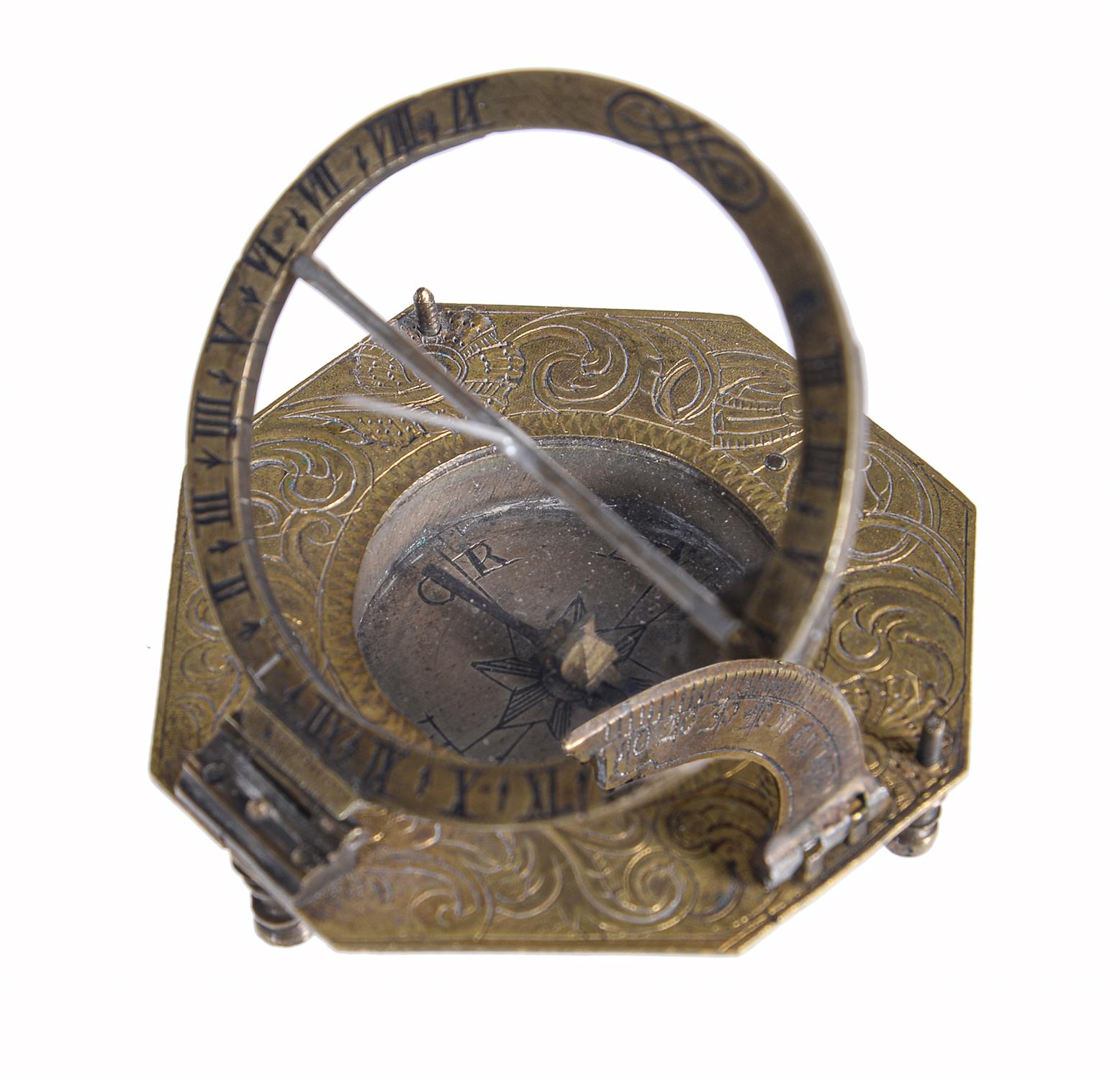
Try LotSearch and its premium features for 7 days - without any costs!
Be notified automatically about new items in upcoming auctions.
Create an alert